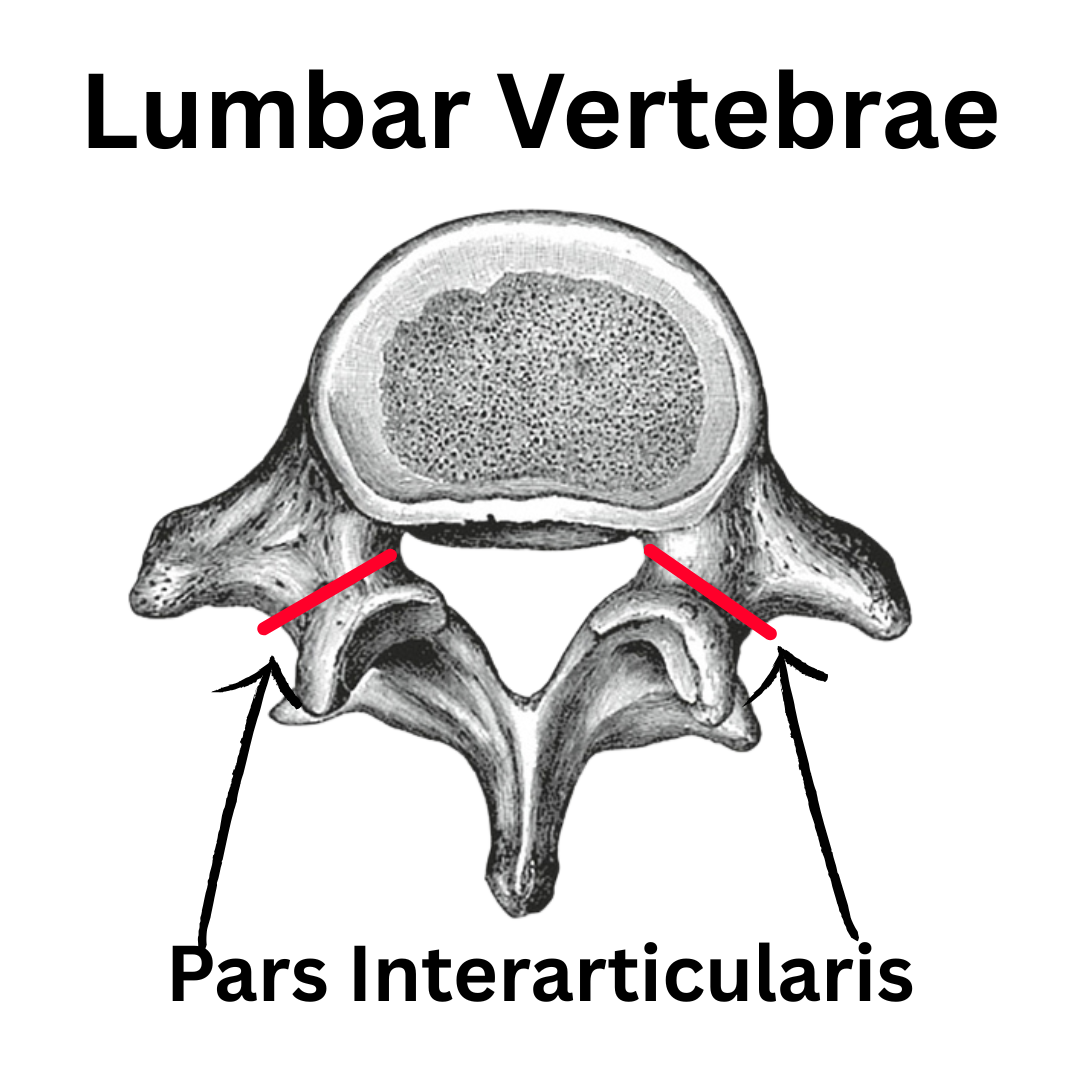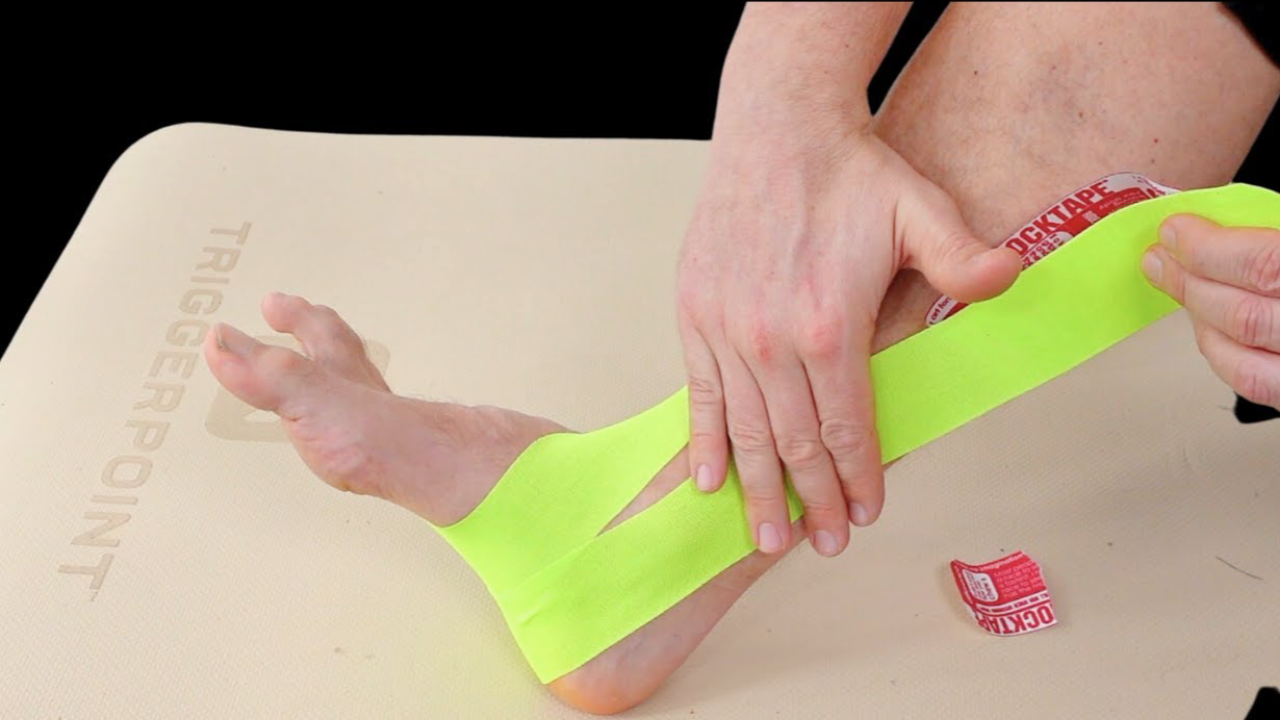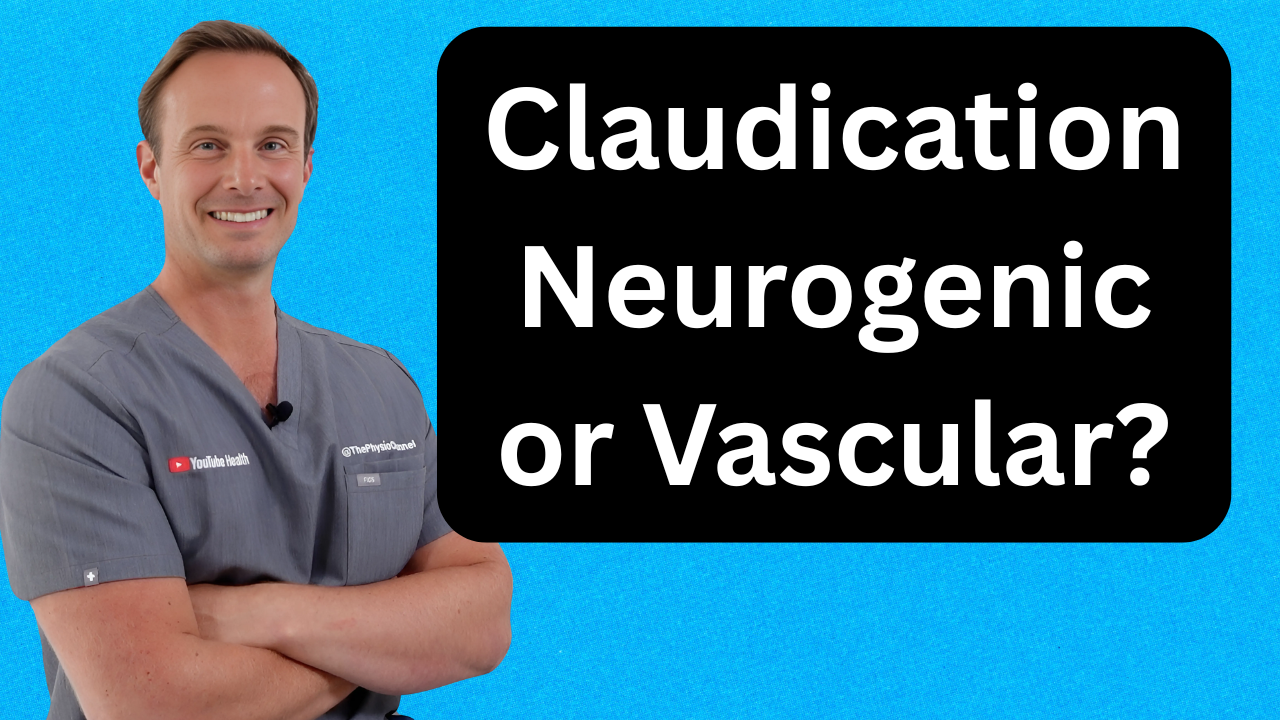Spinal Stress Fractures: Maintaining Suspicion

Video here or blog below
Introduction
Lumbar spinal stress fractures, often termed pars defects or spondylolysis, are common in adolescent athletic patients with low back pain.
Spondylolysis is often under-recognised in younger athletes.
Early identification and appropriate management are essential to prevent progression to more significant structural changes, such as spondylolisthesis.
The earlier you catch it the quicker it will heal

Risk Factors
A stress fracture of the pars interarticularis develops when repetitive loading exceeds the bone’s capacity for repair. In the lumbar spine, this typically occurs at the L5 level, followed by L4 (Standaert & Herring, 2000).
Key risk factors include:
- Repetitive extension and rotation movements (e.g., gymnastics, cricket fast bowling, diving, weightlifting) (Campbell et al., 2016).
- Adolescent athletes undergoing rapid growth, where the pars may be biomechanically vulnerable.
- Training load errors, particularly increases in intens ...
Foot Arch Taping

Many runners and active patients struggle with arch fatigue, shin pain, or foot discomfort — often made worse when fatigue sets in.
In this video, I demonstrate a simple self-taping technique with RockTape to support the medial arch.
The goal isn’t to restrict movement, but to provide extra sensory feedback, helping improve motor control and reduce load on the foot and shin during activity. It’s a quick, practical method you can use with your clients or for your own training.
Vascular or Neurogenic Claudication

Do Your Legs Hurt When You Walk but Feel Better When You Rest?
It Could Be Claudication.
If you experience leg pain when walking that improves with rest or sitting, you might be dealing with a condition called claudication. But here’s the key question: is it neurogenic claudication from your spine or vascular claudication from your blood vessels?
In this blog (and in the video below), we’ll break down the key signs and clinical tests used to tell the difference.
What Is Claudication?
The term claudication refers to pain, cramping, or weakness in the legs that is brought on by activity. There are two main types:
Vascular Claudication: Caused by poor blood flow to the legs, often due to peripheral artery disease (PAD).
Neurogenic Claudication: Caused by narrowing in the lumbar spine (spinal stenosis), which compresses the spinal nerves.
Although the symptoms of both types can feel similar, the underlying causes—and treatments—are very different.
Key Differences Between Va...
The Most Successful Video Ever! (on my channel)

With over 1 Million views since March 2023 this video is both the channels most successful and still one of the top videos by views each week. To date this video has generated almost $3000.
Is it a good video? Yes/No or maybe what matters is that everyday people search for and find this video and its good enough that viewers watch at least 19% of it on average.
If you watch this video and think "I could not do that" or "I could do that" then I can help you either way.
Here are your options:
Let's start now!
The Second Heart Video Late Success

So here is the quick history of this video: I made it in November 2023 and it did not take long as it is only 1:29 long.
Following the upload it did not perform very well (see below), oh well, that YouTube!

However, its now my channels most popular video (see below).

Talk about delayed gratification. This is YouTube, it's a search engine not a viral news feed. Now This video is lifting the performance of my whole channel and it may not pay for my family holiday but it should at least buy us a meal next week.
Here is the video transcript - it's very simple - you could do this too!
Doctors and cardiologists often talk about the “second heart” and its importance for healthy blood flow and circulation.
In this video, I’ll explain where the second heart is and how to get it pumping to improve circulation in your legs.
The second heart is a system of muscles, veins, and valves located in the back of the lower leg. These work together to push blood up through the veins and back ...
Do you know about AEO?

Clear, well-structured content signals professionalism and expertise, but it also helps your AEO.
AEO stands for answer engine optimisation and answer engines are effectively what most of us use AI for. We are probably even using AI without realising it as most standard Google searches now return an AI result in addition to the more traditional search results.
This blog outlines how to get the most from your social media video content with a focus on YouTube. The content of this blog will form an advanced lesson with the Health Creator Pro course.
The following advice is free to implement and should bring you more views and clients from your existing media. It’s about getting more return for your video and social media creations.
Let me break it down into 3 steps.
Step 1: AEO requires these 3 things; Questions, Answers and Clarity.
Use titles, descriptions, comments, speech and text to clearly pose a commonly searched question and provide an answer, or outline an answer w...
Promoting a Healthy Body Image on Social Media: A Physiotherapist's Perspective

Summary: This document explores how the rapid evolution of social media and smartphone technology since the mid-2000s has profoundly affected mental health, particularly among children and young adults. Highlighting the shift from simple connection tools to platforms engineered for constant user engagement, it examines the resulting challenges such as social deprivation, disrupted sleep, and fragmented attention. Drawing on research and expert insights, the discussion situates these developments within wider societal changes and considers the consequences for well-being in a digitally dominated era.
Read below or click the image for the video
Introduction
Have you ever felt your phone vibrate in your pocket, only to realise you were imagining it? This is a common phenomenon known as "phantom vibration syndrome," and it’s a small symptom of the pervasive influx of notifications within our daily lives. While social media platforms were initially seen as simple tools for con...
Health Creator Pro: "Is it really worth it?"

Health Creator Pro: A Mentorship Designed for Real Health Professionals
Deciding to invest time and energy into something new – like building a YouTube channel – takes careful consideration. It's not a weekend CPD course!
You might be wondering:
-
“Is this the right time for me?”
-
“What if I’m not good on camera?”
-
“Can I really get value out of this?”
-
“Will I actually have the time to complete it?”
These are completely valid questions. I’ve heard them many times, and I want to answer them as openly and honestly as possible.
Question: I'm not confident on camera or with tech stuff. Will the mentorship help me?
Yes – and you're not alone. It’s very common to feel hesitant.
We address this head-on:
-
Camera Confidence: Week one focuses specifically on building confidence.
-
Expert Help: You’ll get 1:1 video review + an evening session with professional videographer Dan Latham, plus insights from social media strategist Tor Davies and personal sup
...
The 4 Questions to Ask Before Shoulder Surgery


Shoulder pain is more common than you might think — about 1 in 3 people will experience it in their lifetime. In fact, it’s the third most common musculoskeletal complaint after back and knee problems.
If you’re dealing with shoulder pain, stiffness, weakness, or instability, you may be wondering:
-
Do I need surgery?
-
What type of surgery is best for my condition?
-
When is the right time to even consider it?
In this article, we’ll tackle those questions head-on. We’ll explore the main types of shoulder surgery — including arthroscopy, arthroplasty, and acromioplasty — and explain when surgery can help and when it might not be necessary.
Shoulder Problems: The Big Four
Your shoulder symptoms usually fall into one of these categories:
-
Painful
-
Stiff
-
Weak
-
Unstable
Let’s look at each in more detail.
1. The Painful Shoulder

Pain is often the main reason people consider surgery — but rushing into surgery for pain relief isn’t always...
My Yoga Journey - By Physiotherapist Dr Chris Norris

My Yoga Journey - By Chris Norris Phd
I first became aware of yoga over 40 years ago while still at school. Someone mentioned that his mother taught yoga and showed us all a couple of poses, and I bought a yoga book and started practising to see what it was all about. At the time it was the Bruce Lee martial arts craze (the films had just come out) and I used yoga as stretching exercises and took up Kung Fu while in my sixth form. When I went to physiotherapy college I got more into the science of stretching and also took a meditation course which was open to students. From then on I used stretching as part of a gym based fitness programme and meditation in the mornings never really connecting the two.
Later in life after my daughter was born I took up yoga again, seeing a Hatha yoga class advertised and practiced it again mostly as stretching in parallel with martial arts, which by this time had become Ju Jitsu. Following an injury, the martial arts took a bit of a back seat, ...


